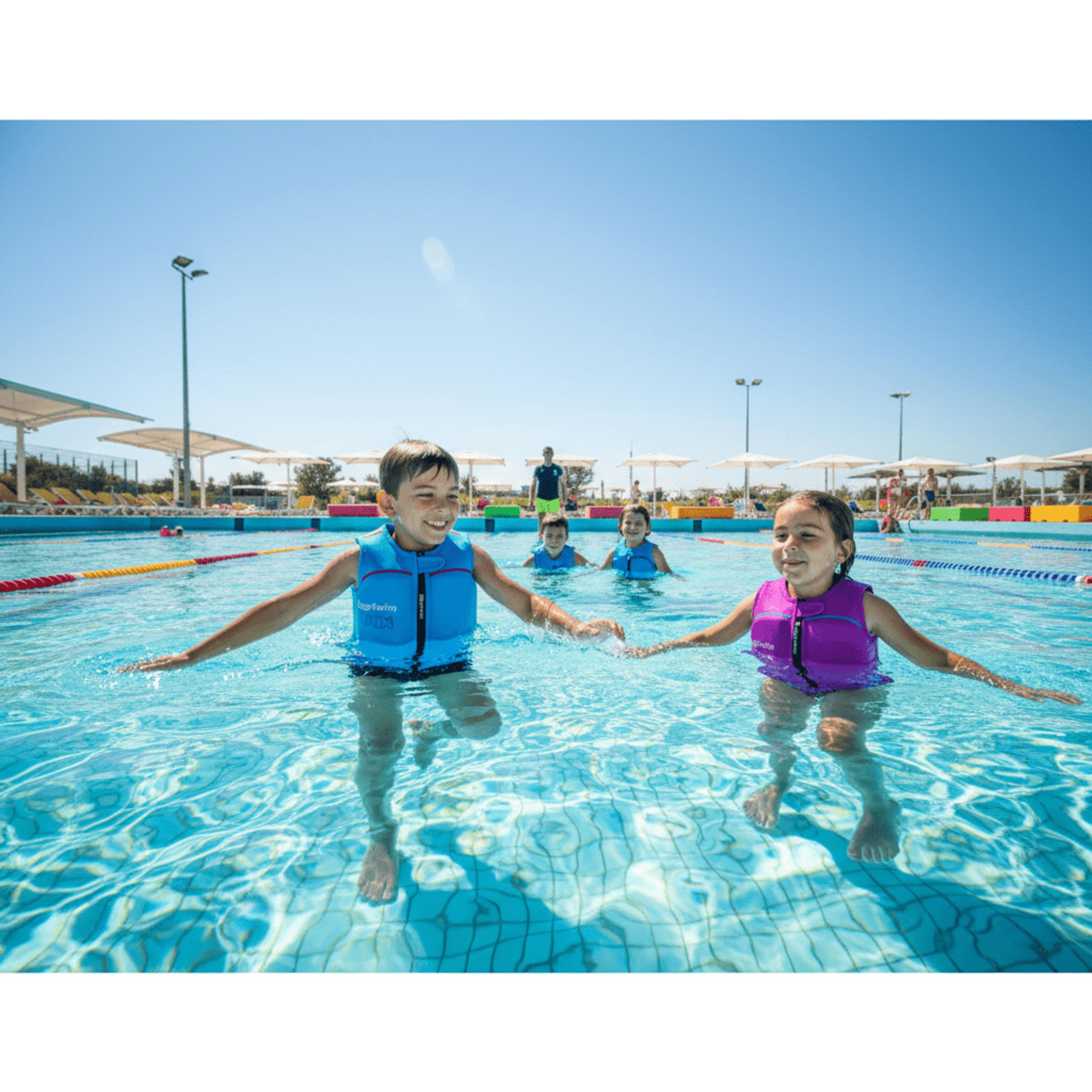Building Water Confidence: The Secret to Kids’ Real Swimming Success

Every parent wants to watch their child swim safely and joyfully. It is normal to hope for quick progress in the pool, especially when your child is eager and growing fast. But strong swimming begins with something deeper than practicing strokes. It starts when children truly feel calm and at home in the water, especially in deep pools where they can discover their natural buoyancy. If you are wondering what gives children this feeling of security and how to help your child become a confident swimmer, you are in the right place.
- Children make the most progress when they feel at ease and unafraid in deep water.
- Real independence grows through play and exploration, not strict drills.
- Our floating suits support natural movement and safety, turning nerves into excitement.
- Every child finds their rhythm at their own pace, building lifelong trust in the water.
- Parents can see steady, joyful progress without rushing or pressure.
Why does deep-water learning build true confidence?
Children between six and nine are at a magical age for learning. In deep water, children feel the gentle support of the water all around them. Instead of standing or clinging to the sides, they are free to float, glide, and discover how their bodies respond. Deep pools may seem daunting at first, but with the steady comfort of a floating suit, kids realize the water can be a friend, not a threat. This shift unlocks courage, self-belief, and curiosity. When a child laughs while bobbing upright or floats calmly on their back, you can see real confidence blossoming.
How do floating suits support a safer, more natural start?
We rely on specially designed floating suits, available through our webshop, which keep children secure but completely free to move. These are not flotation vests or life jackets. Instead, they gently support a child’s position in the water, allowing arms and legs to move naturally. This means that your child can kick, paddle, and even sink a little, all while staying within a safe comfort zone. As supportive guides, we watch anxieties melt away. Children begin to experiment—stretching out, twirling, puffing cheeks underwater—knowing they are protected without being held back.
What role does play have in learning to swim?
Play is not just a way to pass time in the pool. Imagination and games are how children best explore unfamiliar environments. We transform swim lessons into little adventures. Splash races, treasure hunts, or pretending to be sea creatures invite children to learn through joyful action. In these moments, children pick up essential movements—lifting their heads, floating, gliding, and soon, propelling themselves forward. Laughter and games replace pressure and correction. The water becomes a space of limitless wonder.
How do parents see steady, exciting progress?
It is natural to worry about milestones or compare your child’s progress with others. We encourage parents to celebrate the small victories—an extra second floating, a spontaneous dive, a giggle while kicking. Every child’s journey looks a little different. The real transformation comes when children relax, breathe, and trust the water and themselves. With our confidence-based approach, progress feels gentle and rewarding, not forced or scary.
Helping children build water confidence before skill leads to lasting results. Once kids trust the water and enjoy moving freely, strokes and techniques come quickly and naturally. Our goal is for every child to feel not just safe but delighted in deep water. We believe that by fostering confidence first, we create strong, joyful swimmers ready to embrace every pool or sea with happiness and ease. Let us help your child’s swim journey begin with smiles and self-belief.

